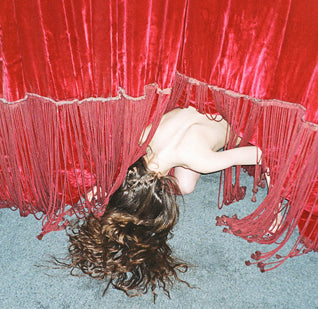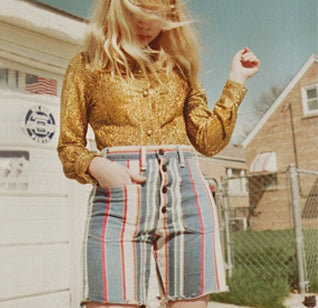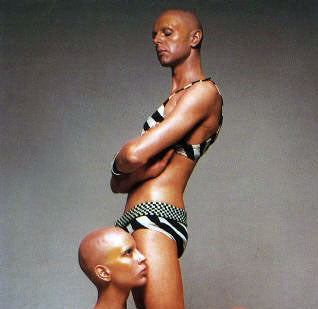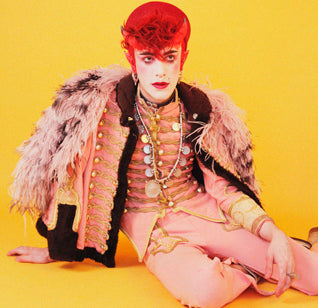THE CULTURE VULTURES
Fashion preys on other cultures, turning traditions into trends
by Maria Raposo
Fashion is out of ideas. High end designers steal “style” from other cultures in an attempt to make their collections more authentic. Jean Paul Gaultier’s 2012 collection caused outcry as he assimilated tribal traditions into mere “accessories”. Chanel’s use of Native American headdresses in Dallas also sparked controversy. On the high street; Topshop and H&M sell bindis – their customers wear them as a fashion statement, not a statement of faith.
Gangs have always used fashion to create a cohesive group appearance, which is immediately recognisable – visually differentiating themselves from the rest of society. But now, most women who embrace the Chola aesthetic – pencilled eyebrows, dark lips, gold jewellery and nose and eyebrow piercings – are oblivious to the fact they’re imitating Puerto Rican gang culture.
This ‘look’ is now part of a melting pot of styles that celebrities such as Gwen Stefani and Tahliah Barnett of FKA Twigs draw upon – removing it completely from its original meaning. The chola style has now become one of many fleeting, and fundamentally meaningless, trends.

FKA Twigs by Jamie James Medina
Last year, Rihanna flew to New Zealand to get a traditional Maori tattoo – Tā moko. She opted for the painful indigenous method; to have the markings chiselled into her hands, using a mallet. However within weeks she had covered up the tattoo with a more elaborate henna-design. Her brief flirtation with tribal markings was a clear example of fashion’s fickle nature.
The Maori originally used Ta Moko in the same way we use tattoos today – to signify status and rank. Tattoos have become a symbol of the creative class, hinting at an alternative mindset. We’re taught from a young age that body modifications will alienate us from the corporate world and when you see someone adorned with tattoos, it’s immediately obvious they have not emerged from a Wall Street office. Their tattoos are a statement to the world – they value freedom of expression over a big bonus.

Rosemarie Trockel, 'Prime Age', 2012
But the popularity of cultural appropriation reflects fashion’s failure to think up new means of expression for creative types; instead the industry hijacks the aesthetics of others without ever understanding them.
As a culture, our sense of entitlement means we carelessly appropriate. Ancient traditions are absorbed into our throwaway culture. At university, lecture halls are littered with plugs and nose piercings. By the time mid-twenties hit, the vast majority have been discarded; it was just a phase – a hollow statement of careless youth.
But compared to simple appropriation, advertising does even more damage. Once rare in “developed” countries, body modifications such as lobe stretching have been incorporated into consumer culture –catwalks and billboards demonstrate this blurring of the counter-cultural and the conformist.

Piercings and tattoos, which were once an indication of the ‘outsider’, have become harnessed by capitalism. Tattooed men and women increasingly feature in adverts for Levi’s and Converse. These brands aren’t organic representatives of the creative class yet they cash in on our increasing acceptance of body modification as conventional.
Globalisation has lead us to a sense of entitlement. Designers no longer invent new concepts but instead pillage other cultures for the way they express themselves. With ancient traditions stripped of meaning and treated like trends, society becomes whitewashed. In the giant free for all that is fashion, culture is cash.




































